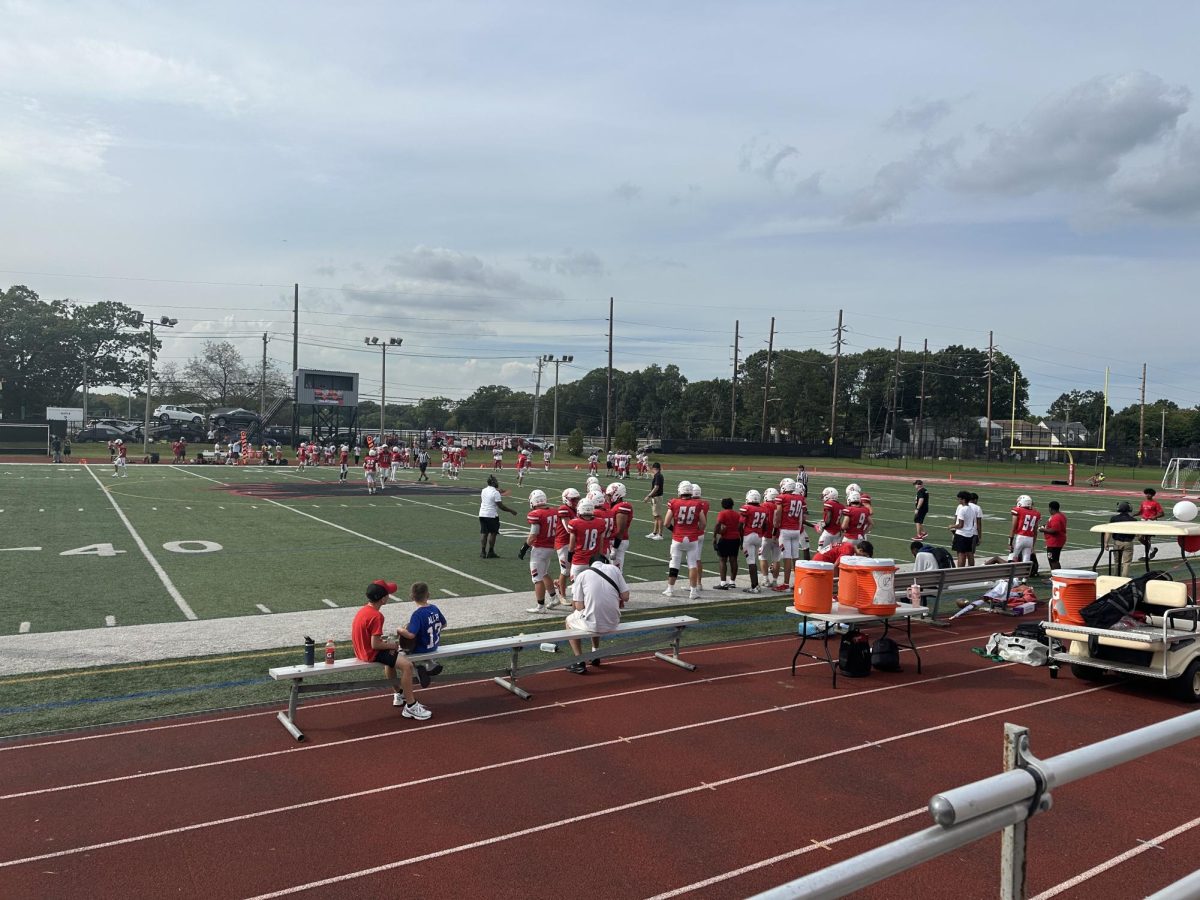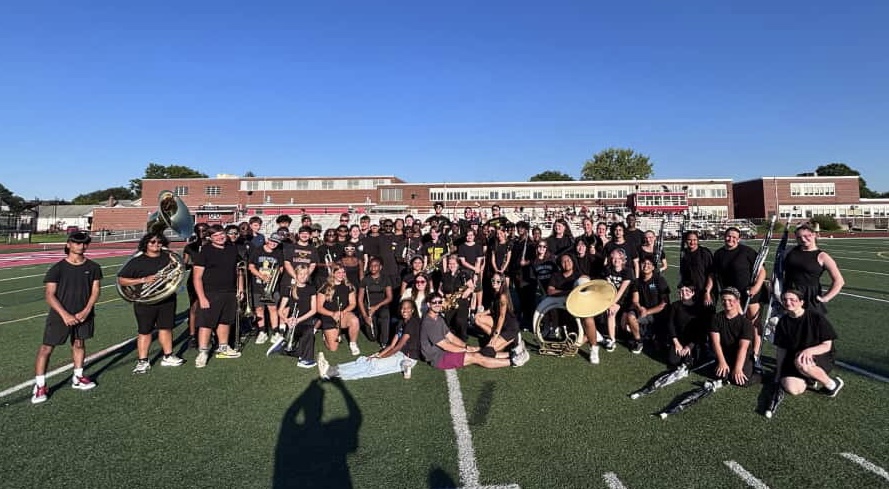Gay Straight Alliance Promotes Equality and Tolerance
FPM celebrates National Coming Out Day
October 17, 2014
Saturday, October 11, was National Coming Out Day. The Floral Park Memorial faculty and student body celebrated the occasion in full-fledged support of the LGBTQ cause for equality on Friday October 10. National Coming Out Day celebrates “coming out,” or the act of disclosing one’s sexual orientation and/or gender identity. Coming out can also involve coming out as an ally, a person who challenges biphobia, transphobia, and homophobia and desires equality for LGBTQ+ people. National Coming Out Day is also a historical holiday, commemorating the October 11, 1987 March on Washington for Lesbian and Gay rights.
To aid the all-important process of “coming out” in support of equality, Floral Park’s Gay-Straight Alliance members put up gay/trans-friendly posters and distributed gay pride ribbons as well as ally stickers to teachers and students alike. Many in the school community took up the task of wearing these visual symbols of acceptance, coming out in support of the LGBTQ+ community.
Why is it still important to honor National Coming Out Day? Aside from its liberating value, coming out helps validate non-heterosexual orientations and non-cis gender identities in an otherwise heteronormative, cis-normative world. Coming out as an ally also helps debunk powerful stigmas associating with LGBTQ+ people. Most importantly, coming out is a crucial tool in combatting biphobia, transphobia, and homophobia. It is a process which allows others to see people they already know, love, and respect for who they happen to be. Robert Eichsberg, a LGBTQ civil rights advocate spoke on the importance of coming out. “Most people think they don’t know anyone gay or lesbian, and in fact everybody does. It is imperative that we come out and let people know who we are and disabuse them of their fears and stereotypes.” In all, coming out is a powerful tool for getting straight people on board with granting LGBTQ+ the human rights the full human rights they deserve.
So what rights is the LGBTQ community denied in this nation? Outside the issue of marriage equality, LGBTQ people face setbacks in housing and job discrimination. Thirty states do not offer any laws protecting non-conforming people from being evicted from their houses or apartments based on their orientation/gender identity, and housing discrimination against LGBTQ+ is all too common. The National Transgender Discrimination Survey Report finds that 19% of its 6,450 respondents have been homeless due to their gender identity. In the realm of job discrimination, the Center for American Progress shows only 18 states offer protection from discrimination based on gender identity and sexual orientation in both the public and private sectors of their states. In most of the nation, gay/trans people can be fired from their jobs or evicted from their homes/apartments solely on the basis of their sexuality and/or gender identity.
Before people of non-conforming sexualities and/or gender identities enter the workforce or buy a house, the world has already started to work against them. Nine in 10 LGBTQ youth reported that they were verbally harassed in school because of their sexual orientation or gender identity in a survey conducted by the Gay Lesbian and Straight Education Network. In the same survey, 44.1% of respondents said they were physically harassed, and 22.1% of respondents were assaulted for their sexualities. The study also showed that 60.8% of LGBTQ bullying victims never reported these incidents. Of those who did report bullying, about 30% said their schools took no action to end bullying. In addition, LGBT homelessness in youth is a major issue. According to the National Coalition of the Homeless, 20-40% of homeless teens identify as LGBT. Disownment and rejection on the part of parents are key factors contributing to the homelessness problem. In addition, the Suicide Prevention Resource Center shows that LGB teens are up to three times more likely to have suicidal thoughts than their heterosexual counterparts, and they are up to seven times more likely to attempt suicide. Statistics on gay teen suicide is hard to ascertain, however. Mortality data do not usually include suicide victims’ sexual orientation. It is plausible to assume bullying and familial rejection are major causes which push gay teens to suicide.
To dispel the homophobia, biphobia, and transphobia intrinsic in housing discrimination, job discrimination, gay bullying, and mass rejection of LGBTQ+ teens by their families, awareness about issues facing the LGBTQ+ must be raised. FPM’s celebration of National Coming Out Day represents a small but nonetheless important initiative schools must take to make the nation’s future citizens more accepting. Only then can LGBTQ+ people to secure the opportunity and rights they deserve.







